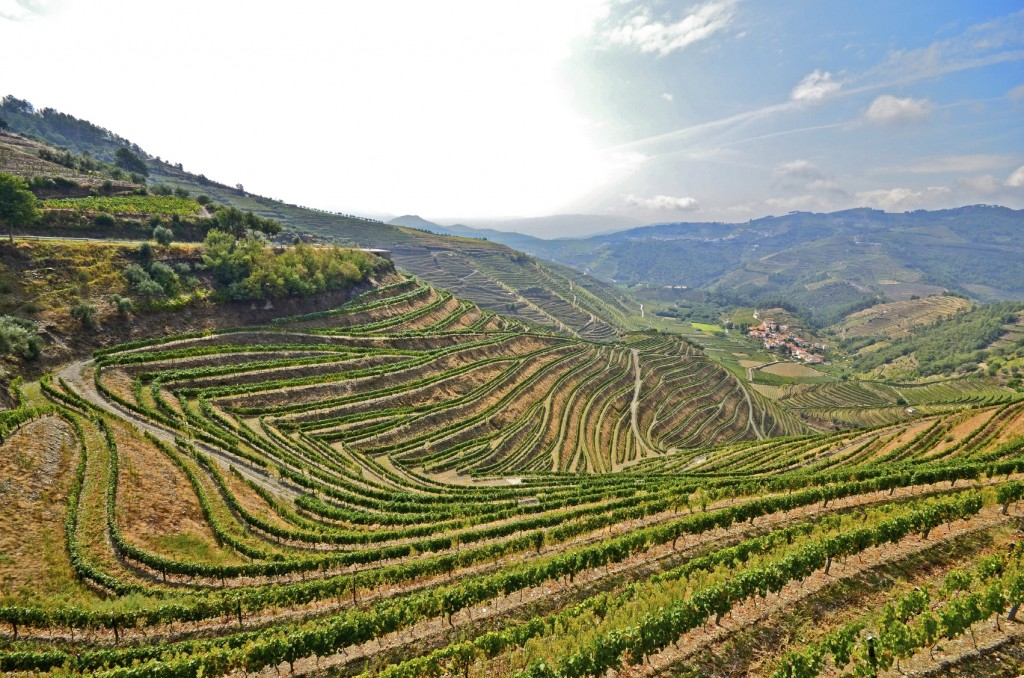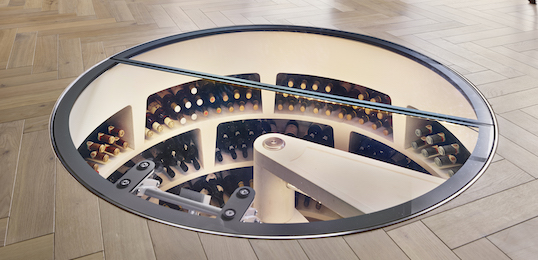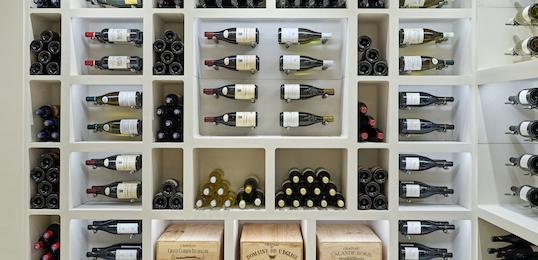There are many different wine regions in the world, and the ones that produce the best wines tend to be found near rivers. The Alto Douro, in Portugal, is no exception, as it’s centred on the Douro river, and it’s been part of UNESCO’s World Heritage Sites’ list since 2001.
Archaeological evidence suggests that landholders have been producing wine in this region for approximately 2000 years. The scenery has been moulded by human activities, therefore, but it still remains a landscape of spectacular beauty that reflects the evolution of technology, society and the economy. All of this together allowed the Alto Douro region to give birth to some of the world’s finest wines.
The Alto Douro Region
This area is part of UNESCO’s list due to the fact that all of its elements represent the range of activities associated with winemaking, from quintas, which are complexes dedicated to producing wine, to the vineyards themselves. In addition, its cultural landscape reflects human evolution and activities over a long period of time, making it a region of outstanding universal value.

The Alto Douro also has Portugal’s highest wine classification, called Denominação de Origem Controlada (DOC), a protected designation of origin that indicates wine of the highest possible quality. On top of this, since 1756, when the first Marquis of Pombal was prime minister of Portugal, the Alto Douro became the first demarcated and regulated region in the world.
The landscapes are characterised by slopes covered in schist walls, which support the vineyards usually found full of red or white grapes – and split into two large wine routes.
Wine Routes in the Region
The two routes in the Alto Douro are the Port Wine Route, which includes 50 quintas and plenty of accommodations, wine cellars and restaurants (40 of these locations are open to the public), and the Cister Wine Route, which covers eight municipalities in the sub-region of Douro.
The Port Wine Route is home to a busy harvest during this time of year, when summer transitions into autumn, so tourists in the area have the possibility of seeing and even participating in it during September and October; this includes all steps of the process, from the harvest to the bottling – and, of course, the tasting.

This route is so large that it’s divided in three areas: the Lower Corgo, with the mildest climate and the most rain; the Upper Corgo, where the majority of the quintas are; and the Upper Douro, the hottest and driest of the subregions, as well as the least accessible.
The Cister Wine Route is characterised by many monasteries that were built during the Middle Ages, as well as high altitudes and a harsher climate with cold winters and hot dry summers – which influences the flavour of the grapes by allowing them to retain their acidity and fruity flavour.
Wines Produced in the Alto Douro
The Alto Douro region is typically associated with the production of Port wine, which has been famous worldwide for its beautifully complex flavours and quality since the 18th century – and now is often drunk at the beginning or end of a meal. This fortified wine is sweet and full-bodied, and has a high percentage of alcohol – usually between 19% and 22%. The unique flavours of this wine are due to the location, the climate and the way it’s produced; during the fermentation of the must, aguardente vínica, or alcohol distilled from wine, is added.
More than one hundred varieties, or castas, of grapes are used for port production, but only five of them are extensively cultivated and used – Touriga Nacional is the most desirable variety of grape, but it’s difficult to grow, so not all ports use it. Also, all types of grapes used to produce port in Portugal are regulated by the Instituto dos Vinhos do Douro e Porto, which ensures only the appropriate castas are used.
The places where Port wine is manufactured in the Alto Douro are also rated in regards to the quality of their wine. Ranging from A to F, with A being the best possible rating, the quintas are classified according to several categories: age of the vines, location of the vineyard, soil type, microclimate, altitude, age of the vines, and much more. The higher a rating is, the more grapes a quinta can harvest, and the higher the prices their wines will receive.

Port wine is not the only wine produced in the Alto Douro, however. In fact, the region produces just as many table wines, or non-fortified, and fortified wines, and the styles of the wines produced here include red, white and rosé.
The Murganheira sparkling wine is famously known for its flavour and distinctiveness of its cellars, all of which are carved out of granite and can reach a depth of 72m. Other wines that can be created in this region are Pinot Noir, Chardonnay and Burgundy, as well as the Moscatel do Douro, a fortified wine that uses Moscatel grapes.
Other than the grape variety, the production process of this wine is similar to port’s. The Espumante do Douro is also made here, as is Colheita Tardia, a wine produced with grapes that were harvested very late in the season and over-matured through the noble rot effect. There are many other wines created in this region, all of which have become synonymous with quality and uniqueness of flavour.
The Alto Douro is a world-renowned region where many high quality wines are produced. Recognised by its ancient connection with the world of wine, this region represents the perfect relationship between man and nature, and is the home to an incredible number of wineries and wine cellars. Visit Spiral Cellar for more information about wine room design.





